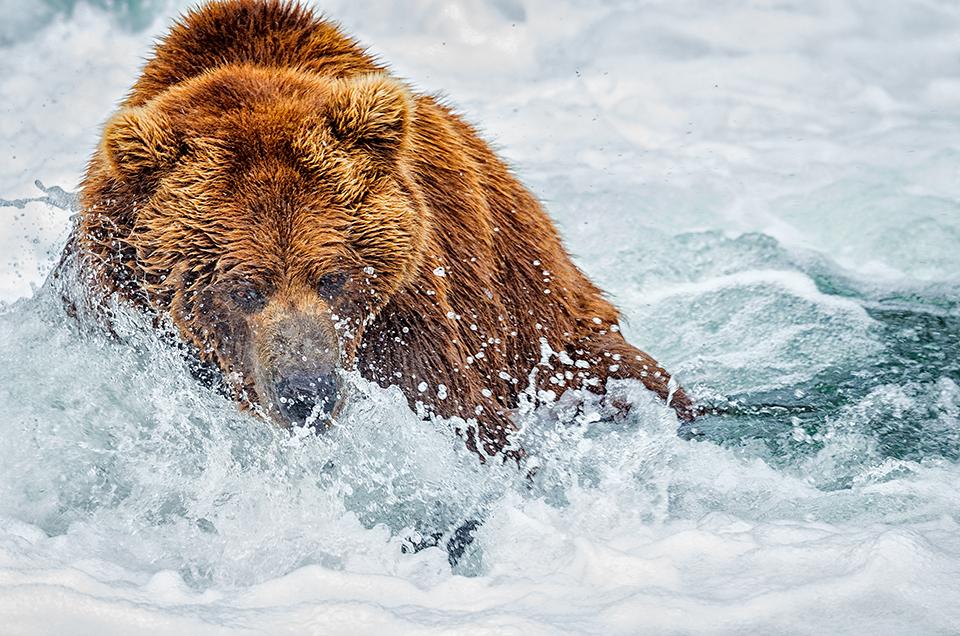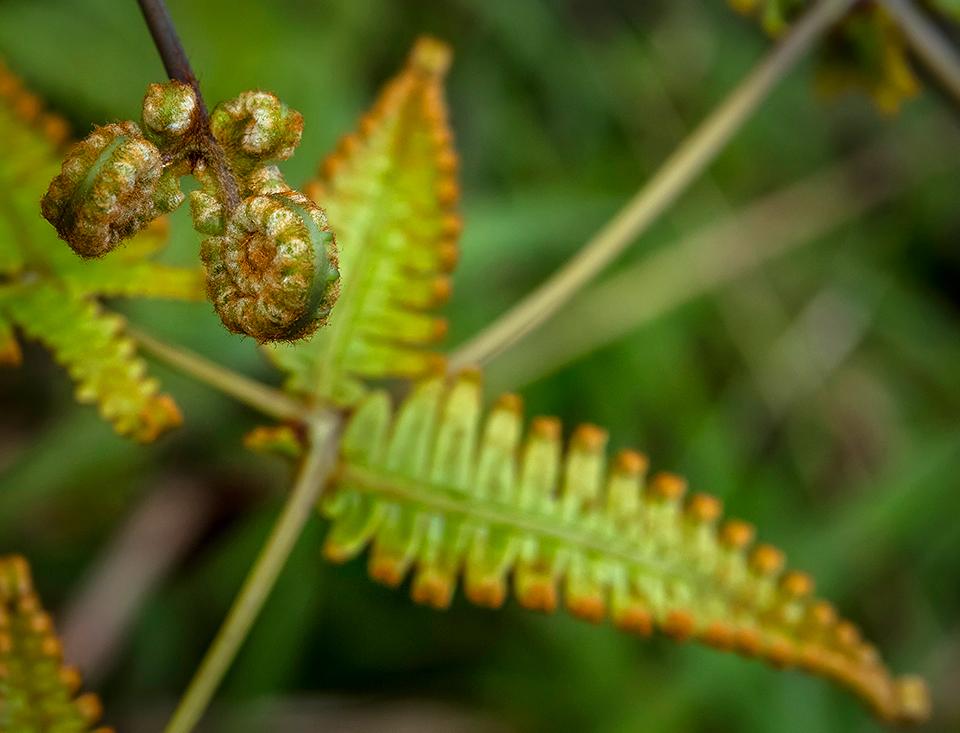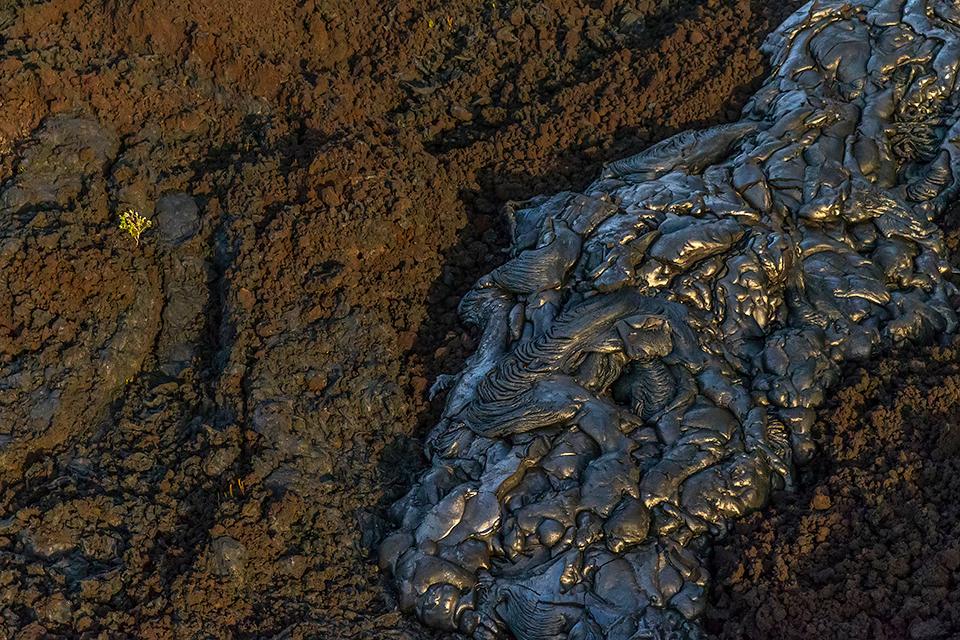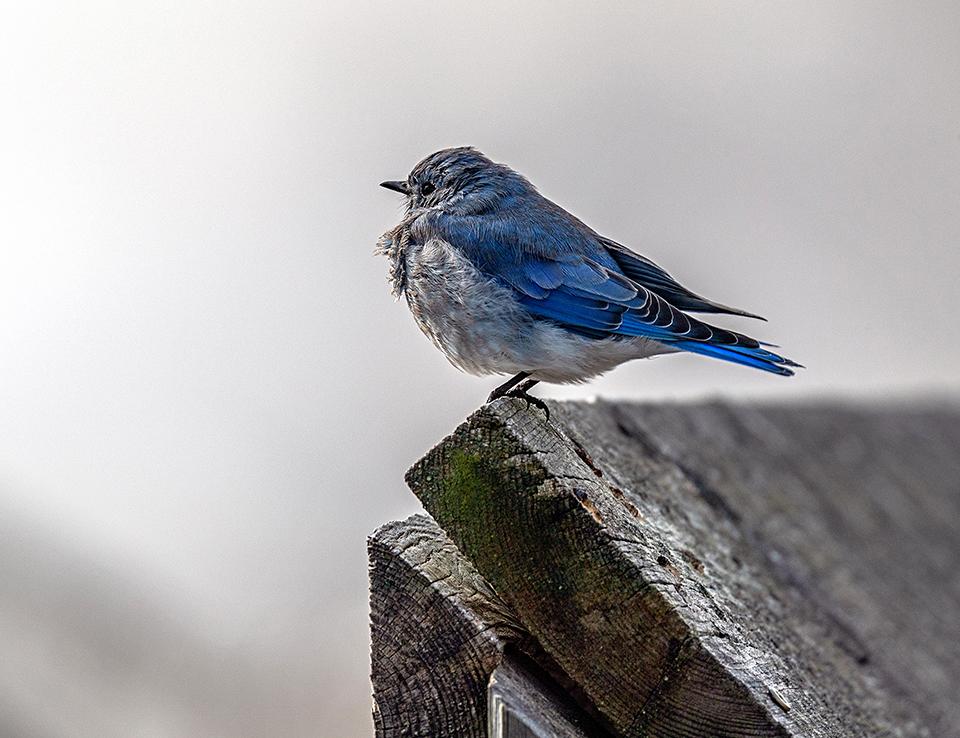
"The Mountain" in winter, Mount Rainier National Park / Rebecca Latson
There’s something to be said for a simple composition, you know. Something to be said for an image not requiring much parsing through of various details combined to create a shot, the gist of which might take time to fully comprehend. A simple image can pack a punch and create an emotional response despite, or perhaps because of, its minimalism.
During my travels to units within the National Park System, more often than not, I’m photographing detailed landscapes of mountains and forests, fields of flowers, glacier-fed streams and lakes, and bison roaming rolling valleys. While I’m pleased with all the landscape particulars I’ve captured through the lens, I must be honest and acknowledge some of my favorite shots are actually much simpler scenes consisting of fewer elements within the frame.
I spent New Year’s Day 2023 with my cameras at Mount Rainier National Park’s Paradise area for some winter photography. Talk about a winter wonderland: clear blue sky, bright diamond-sparkly snow blanketing the landscape, trees bent beneath the weighty white precipitation, and a rugged backdrop of snowcapped mountains.

Blue sky and white snow up at Paradise, Mount Rainier National Park / Rebecca Latson
Keep in mind, however, you don’t need snow and blue sky for simple compositions. Every unit of the National Park System you visit offers opportunities for minimal, yet stunning, shots. While it’s about using less, rather than more, and how you place those details within the frame, that doesn’t mean a simple shot possesses very little detail.
Before beginning the last 200 feet up the Cinder Cone Trail in Lassen Volcanic National Park, I noticed a solitary pine tree growing from the cinder cone’s unconsolidated flank. It stood all by itself, looking lonely, with a scattering of paw (or maybe human) prints to and away from it. That simple scene captured my attention and I photographed the tree, the steep side of the volcano for background, and a bit of blue sky for reference. These few details combined to create what I feel is a simple, strong image.

Solitary, Lassen Volcanic National Park / Rebecca Latson
Sunsets and sunrises, like this summer sunset at Kalaloch Beach in Olympic National Park and the spring sunrise over Malaquite Beach at Padre Island National Seashore, are subjects often eliciting oohs and aahs in their colorful simplicity. It’s all about the saturated colors and interesting silhouettes which, while hiding the minute details of the shadowed subjects, are familiar enough for the viewer to comprehend without seeing that minutia.

Sunset and silhouettes, Olympic National Park / Rebecca Latson

Sunrise over the seashore, Padre Island National Seashore / Rebecca Latson
Wildlife close-ups are powerful, simple shots, too.

Fishing below Brooks Falls, Katmai National Park and Preserve / Rebecca Latson
At Katmai National Park and Preserve, “minimal” meant a bear interacting with the cold water cascading down from Brooks Falls. Just a bear close-up, and frothing cold water.
This beautiful moose cow fishing for tender greens beneath Fishercap Lake in Glacier National Park provided a simple close-up (made even closer with a bit of cropping) focusing on her pretty face while telling the story of her morning munch.

A moose and her breakfast greens, Glacier National Park / Rebecca Latson
The red rock walls of Bryce Canyon National Park make minimal, but colorful, backgrounds to whatever subject you include in the frame. In this case, the scale and isolation of the subjects are highlighted by the surreal, saturated rock formations.

Hikers admiring the red-rock formations, Bryce Canyon National Park / Rebecca Latson

Hanging onto the slope, Bryce Canyon National Park / Rebecca Latson
Close shots of vegetation make great simple and quite eye-catching imagery. Find an interesting flower or plant, move in close (or use your telephoto lens or telephoto setting), and allow everything but the subject to fade into the background as pleasing bokeh created by a shallow depth of field. Note the placement of the subject, as well. Sometimes, smack dab in the middle is powerful, while other compositions look more arresting after applying a technique like the rule-of-thirds.
Ferns are ubiquitous in Hawai’i Volcanoes National Park and cactus is abundant in Big Bend National Park, so you have plenty of subject material for framing interesting simple shots when visiting either of those parks. Use a macro lens or your telephoto lens or setting to isolate all or a part of the subject, be it a shape, texture, or saturated color. Whatever catches your eye will be eye-catching for your viewing audience.

Furled and unfurled, Hawai'i Volcanoes National Park / Rebecca Latson

A bee and a prickly pear bloom, Big Bend National Park / Rebecca Latson
Although I’ve gone on about using telephoto settings or a macro lens, you don’t need either for a simple shot. Your wide-angle lens or wide-angle setting can create amazing, minimalistic compositions, too, given the right circumstances.
During a photo tour of Hawaii some years ago, we availed ourselves of the opportunity for an open-door helicopter ride over a more isolated portion of Hawai’i Volcanoes National Park during an active volcanic eruption. The resulting image is a wider-angle example using less for more: two different types of lava and a single, bright green tree achieve a simple yin-yang scene telling the viewer a story of nature, natural processes, and survival. While rich in detail (the textures of the lava), it’s still a simple composition.

A toehold on the lava field, Hawai'i Volcanoes National Park / Rebecca Latson
During a Google search for sites discussing minimalist photography, I found a website called Click Magazine which published a nice post by Dana Walton. One of the elements Walton lists as a requirement for minimalist photography is “negative space.” I wrote an article about that for the Traveler, awhile back. Negative space (aka empty space or white space) is the space all around your subject. Usually, it’s sky, or water, or sand, or some single-color background. While sometimes the amount of negative space may be too much, the right amount works wonders at emphasizing the subject.

Ruffled feathers on a cold autumn morning, Yellowstone National Park / Rebecca Latson
For the image above, the negative space surrounding the little bluebird is the light gray background, which was bokeh’d (blurred) by a steamy autumn sky along the Firehole Lake drive in Yellowstone National Park. The negative space isolated and emphasized the little bird perched on the boardwalk railing, the only things in the composition to which your eye could be drawn.
So, by all means, when exploring a national park, do get those panoramic landscapes of mountains and forests, and fields of flowers, and glacier-fed streams and lakes, and bison roaming rolling valleys. But don’t forget to include a few simpler, more minimal shots in your photo gallery. Show them to your audience and find out how powerful your simple composition is at producing a response. Quite often, less really is more.




 Support Essential Coverage of Essential Places
Support Essential Coverage of Essential Places






